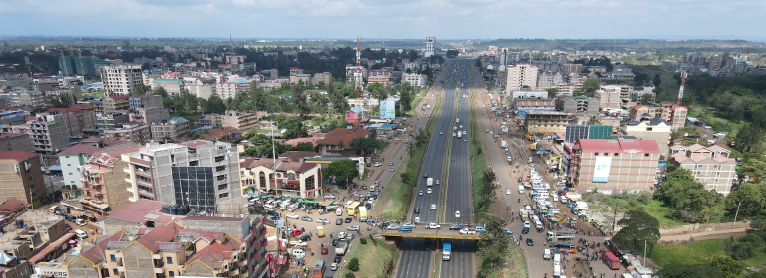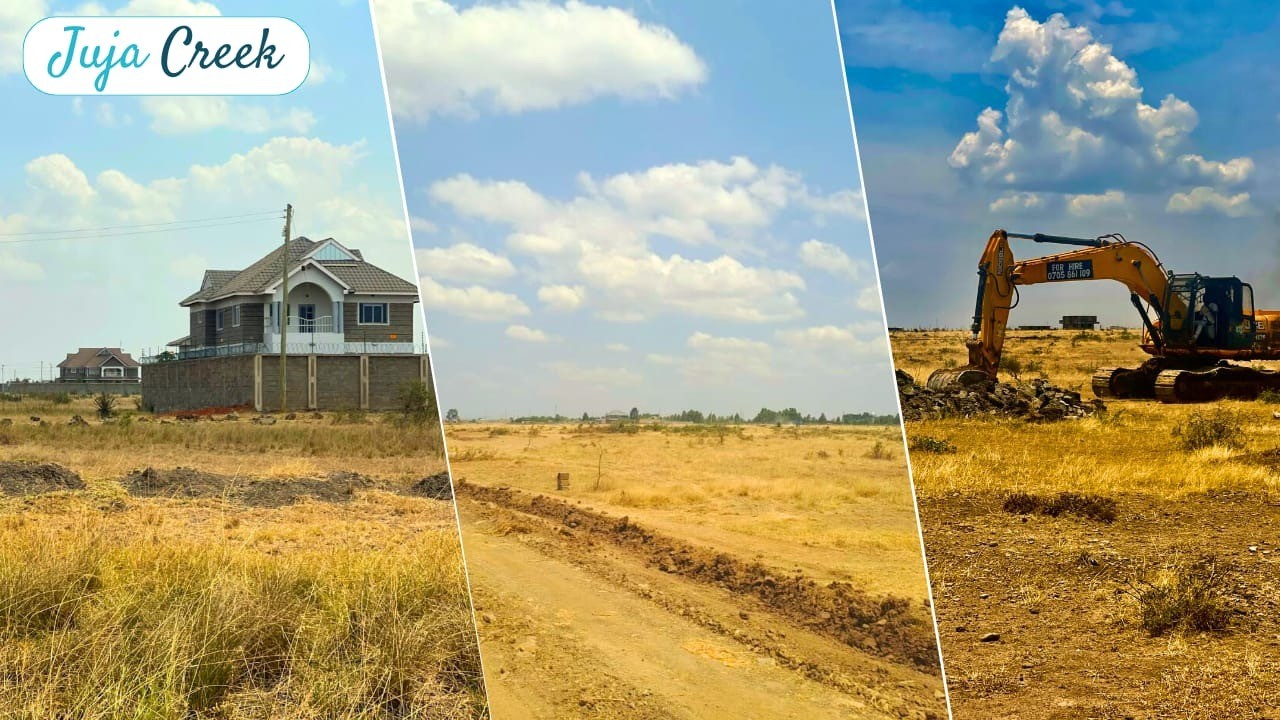Navigating the Landscape: Understanding Land Regulation in Kenya

Land regulation is a critical aspect of governance in any country, and Kenya is no exception. With a rich diverse cultures, ecosystems, and economic activities, the regulation of land in Kenya is both complex and vital for sustainable development. In this article, we'll delve into the nuances of land regulation in Kenya, exploring its historical context, current challenges, and future prospects.
Historical Context
Kenya's land regulation has its roots in a history marked by colonialism and subsequent struggles for independence. During the colonial era, land was often forcibly taken from indigenous communities and redistributed to European settlers. This legacy has had profound implications for land ownership patterns and access to resources.
Following independence in 1963, the Kenyan government embarked on land reforms aimed at addressing historical injustices and promoting equitable access to land. The Land Titles Act of 1968 introduced a system of land registration, seeking to provide security of tenure to landholders. Subsequent land policies and legislation have sought to balance competing interests, including those of smallholder farmers, pastoralists, investors, and conservationists.
Current Regulatory Framework
The Constitution of Kenya, promulgated in 2010, provides the overarching legal framework for land governance. It enshrines principles of equitable access to land, sustainable management of resources, and protection of community land rights. Additionally, the National Land Commission (NLC) was established to oversee the implementation of land policies and adjudicate land disputes.
Key legislation governing land in Kenya includes the Land Act, the Land Registration Act, and the Physical Planning Act. These laws govern various aspects of land tenure, registration, use, and development. The government has also initiated programs such as the National Land Use Policy and the National Land Information Management System (NLIMS) to enhance transparency and efficiency in land administration.
Challenges and Controversies
Despite progress in land reform efforts, Kenya continues to face significant challenges in land regulation. Land grabbing, illegal land transactions, and disputes over ownership remain pervasive issues, often fueled by corruption and weak enforcement mechanisms. Rapid urbanization, population growth, and competing land uses exacerbate pressures on limited land resources.
The titling process has been slow and marred by inefficiencies, leaving many landholders without secure tenure. Informal settlements, characterized by insecure land tenure and inadequate infrastructure, pose significant challenges for urban planning and service delivery. Moreover, conflicts over land between communities, particularly in arid and semi-arid areas, continue to undermine peace and stability.
Future Prospects
Addressing the complex challenges of land regulation in Kenya requires a multifaceted approach encompassing legal, institutional, and policy reforms. Strengthening governance mechanisms, enhancing transparency, and combating corruption are paramount to ensuring equitable access to land and promoting sustainable development.
Investments in technology and data management, such as the NLIMS, hold promise for streamlining land administration processes and reducing land-related conflicts. Community land rights must be safeguarded, and efforts to formalize tenure in informal settlements should be accelerated. Additionally, enhancing public awareness and participation in land governance processes is crucial for fostering accountability and inclusivity.
Conclusion
Land regulation in Kenya is a dynamic and multifaceted endeavour shaped by historical legacies, evolving socio-economic dynamics, and environmental imperatives. While significant strides have been made in land reform efforts, formidable challenges persist. By prioritizing transparency, equity, and sustainable management, Kenya can chart a path towards more inclusive and resilient land governance systems, laying the foundation for a prosperous future for all its citizens.
Recent Posts

Trends in Real Estate: What Buyers Are Looking for in 2025?
The world of real estate is evolving, and with it, buyers are becoming more discerning about what they want....
Read More
End of Year Newsletter - 2024.
It’s been an incredible year, and we’re so glad you’ve been part of the journey...
Read More
Danada Developers Newsletter October-2024. Wrapping Up a Milestone Season.
What a season it’s been! August, September, and October were nothing short of milestone months for us...
Read More
Exciting Updates: New Office in Juja & Launch of Juja Creek Project!
We are thrilled to bring you great news in our September newsletter! At Danada Developers, we are committed to delivering quality and value...
Read More